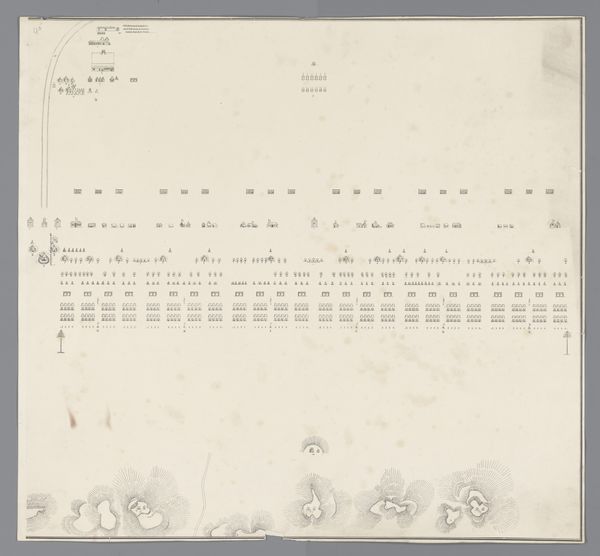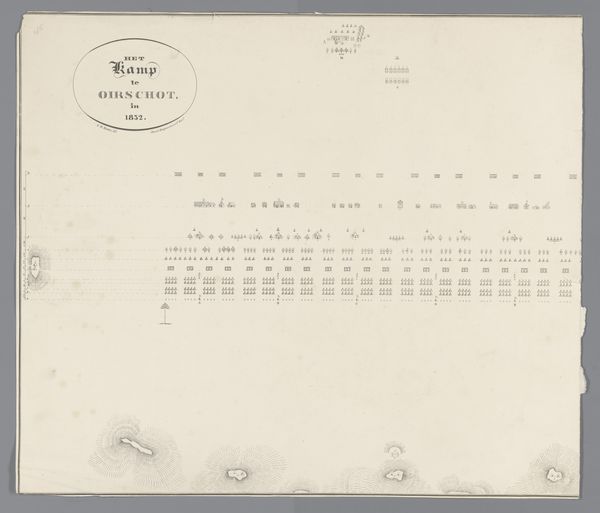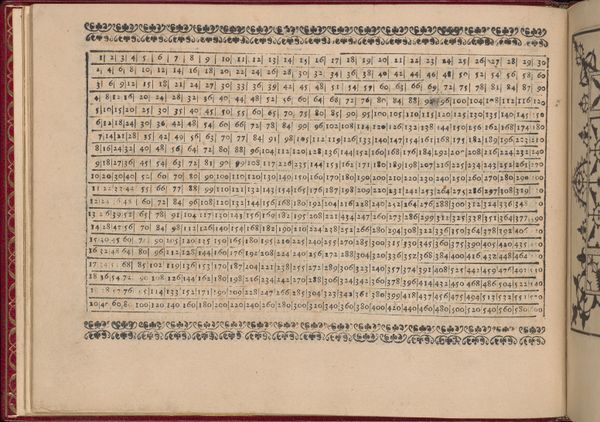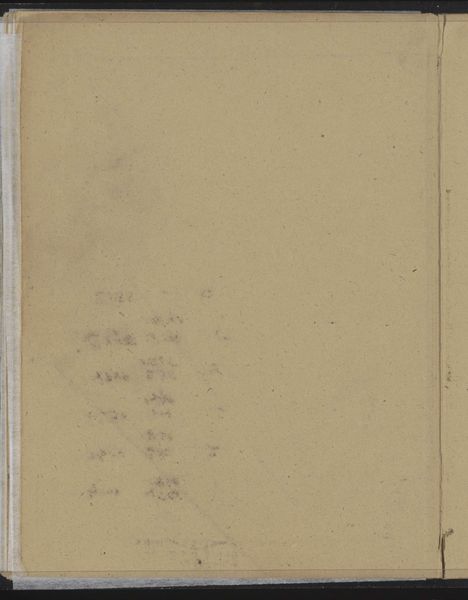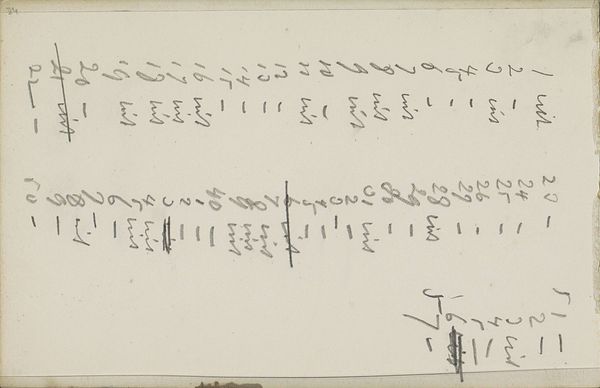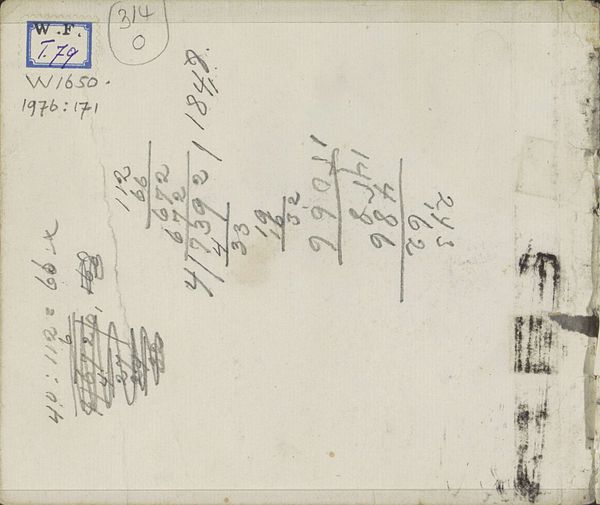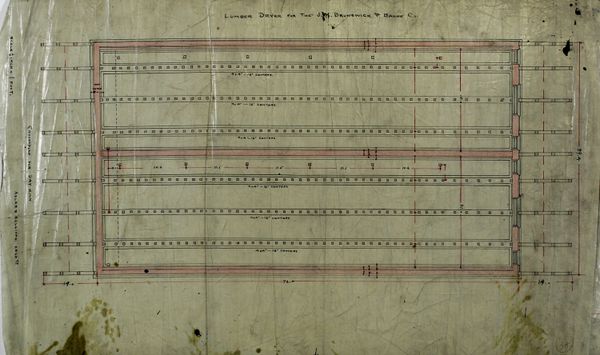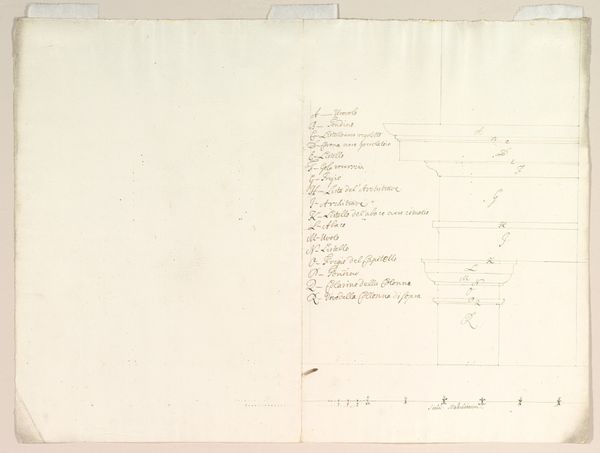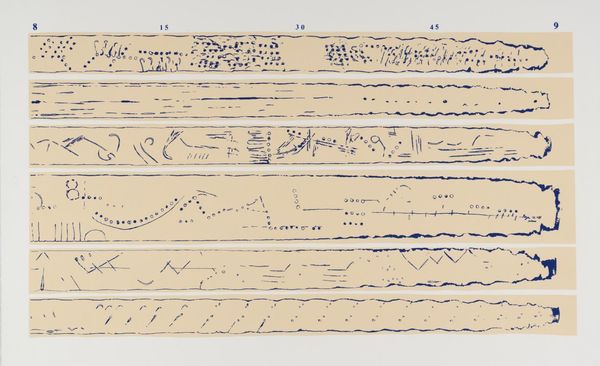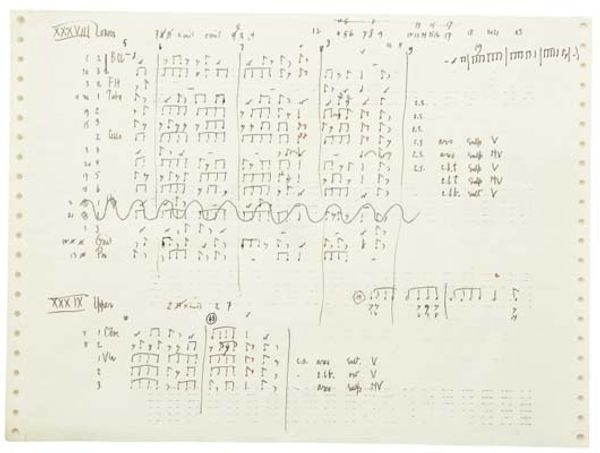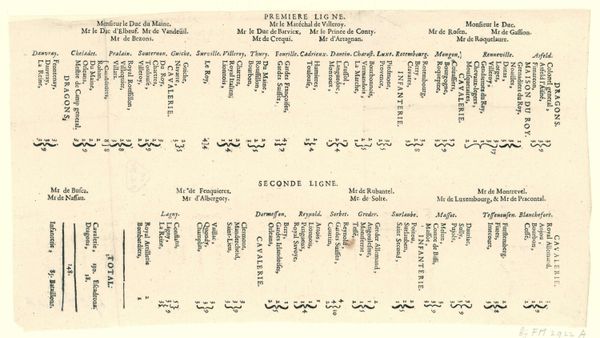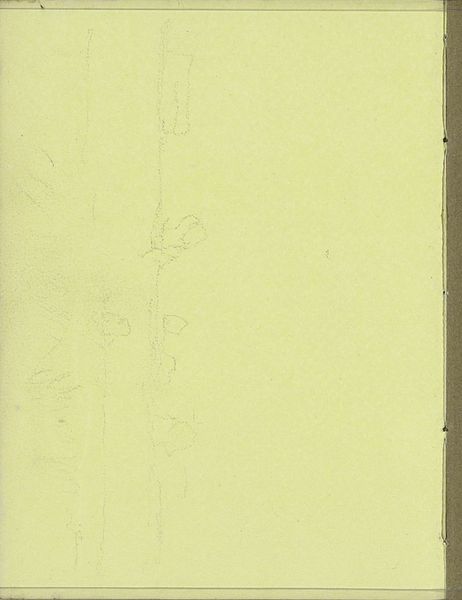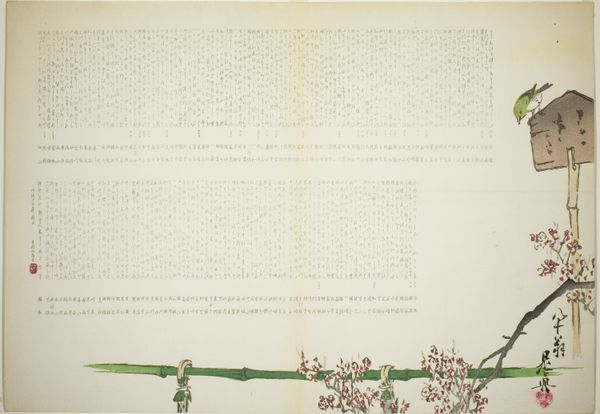
drawing, print, paper
#
drawing
# print
#
paper
#
geometric
#
line
Dimensions: height 495 mm, width 1015 mm
Copyright: Rijks Museum: Open Domain
Curator: What strikes me immediately is the stillness, the almost eerie calm of this…grid. Editor: Indeed. What we're looking at is a drawing and print on paper titled "Het Kamp te Oirschot in 1832" or "The Camp at Oirschot in 1832" by G.M. Heaton, held here at the Rijksmuseum. Curator: It's like a ghost town mapped out with the precision of someone who hasn’t quite figured out the secret language of emotion. Look at those regimented rows, these austere geometrical shapes—the whole thing whispers of order, discipline...and perhaps, a hint of suppression. Editor: Absolutely. You have to understand, Oirschot was a military training camp. The map highlights a moment in the history of the Netherlands and its army; it illustrates how the military viewed space and organization, revealing the state apparatus imposing itself. Curator: That makes total sense, it being a camp. It makes me think of a battlefield after everyone’s gone. But even with that context, I wonder: did Heaton *feel* any of the implied tension? Editor: Perhaps. Line style drawings were often employed for technical renderings and this has all the marks of technical documentation from that era; not a whole lot of room for emotional outbursts there. These were less concerned with expressing subjective viewpoints than achieving clarity of detail for practical purposes. Curator: All well and good, but that absence of… "feeling" tells its own story, doesn't it? I'm sure even if unintentionally it is revealing something true. Even a straight line, depending on how its rendered can scream! The weight it holds and the shapes that its forms, still manage to spark a visceral response in us looking at it today. Editor: I agree to some extent, it might evoke certain feelings based on our contemporary lens, our historical perspective and assumptions about conflict and order. And from a modern institutional point of view this tells us so much about art collection; this camp drawing probably gained aesthetic status because we chose to preserve it in the context of an art museum, which, perhaps gives it a value Heaton didn’t originally imagine. Curator: Well, whether Heaton knew it or not, those severe little blocks definitely hold more secrets than meets the eye. And thank heavens for the Rijksmuseum for preserving these silences for our prying eyes and ears. Editor: Precisely, and its always insightful to try and unearth what that means and stands for, still to this day.
Comments
No comments
Be the first to comment and join the conversation on the ultimate creative platform.
